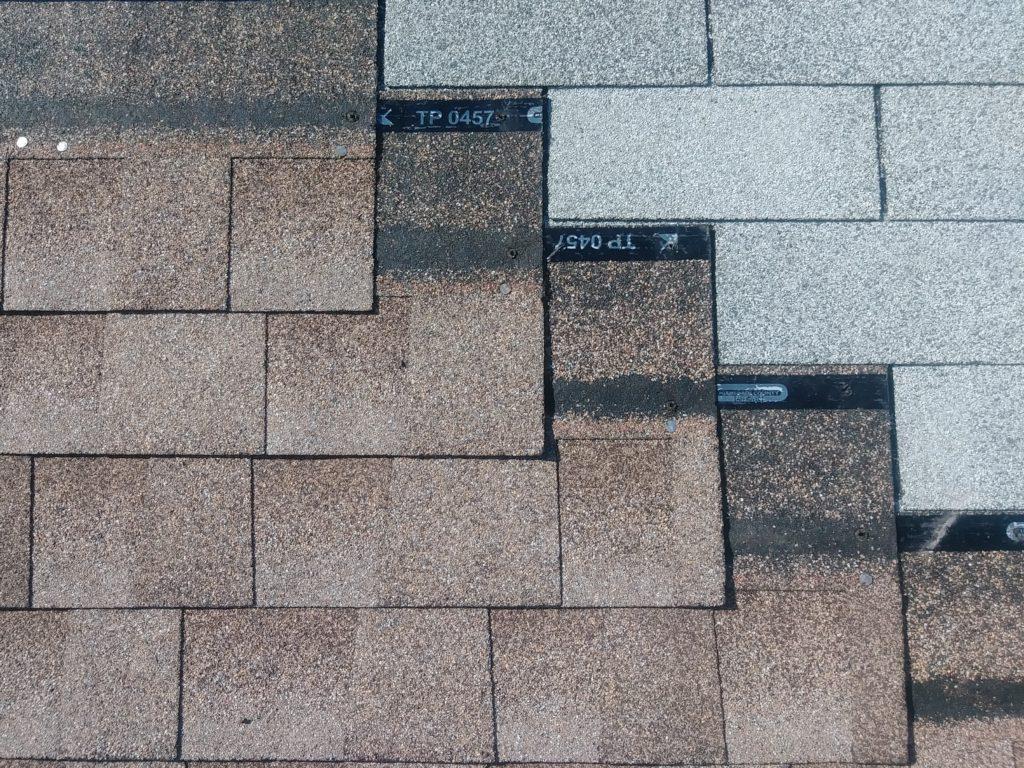When it comes to replacing your roof in Florida, you may wonder whether it’s possible to roof over existing shingles or if a complete tear-off is necessary. The answer isn’t a simple “yes” or “no” but depends on various factors. In this article, we will explore the practice of roofing over existing shingles in Florida, its potential advantages, and drawbacks.

Roofing Over Existing Shingles: What Is It?
Roofing over existing shingles, also known as a re-roof or overlay, involves installing a new layer of roofing material on top of the existing one. This method is often used to save time and reduce the cost of roof replacement. In Florida, where the climate can be harsh, knowing whether this approach is suitable is essential.
Pros of Roofing Over Existing Shingles in Florida
- Cost-Efficiency: Roofing over existing shingles is typically more cost-effective than a complete tear-off because it reduces labor and disposal costs.
- Time-Saving: The process is quicker than a full tear-off, meaning less disruption to your daily routine.
- Minimal Disruption: Roofing over existing shingles minimizes the mess and debris associated with a tear-off, making it a cleaner option.
- Insulation: Adding a new layer of roofing material can provide additional insulation, which can be beneficial in Florida’s hot climate.
- Energy Efficiency: The added insulation can enhance energy efficiency by reducing heat transfer, helping you save on cooling costs.
Cons of Roofing Over Existing Shingles in Florida
- Weight: Florida’s climate includes severe weather conditions like hurricanes. Adding another layer of roofing material increases the weight on your roof, which may affect its structural integrity. Consult a professional to ensure your roof can handle the added load.
- Hiding Problems: Roofing over existing shingles can conceal underlying issues, such as water damage or rot. It’s crucial to inspect the existing roof for any problems before proceeding.
- Less Effective Repairs: If there are issues with the existing shingles, roofing over them may make future repairs or inspections more challenging.
- Shortened Lifespan: The new layer of roofing material may not last as long as it would with a full tear-off, potentially leading to more frequent replacements.
- Local Regulations: Building codes and regulations in Florida may limit the number of shingle layers allowed. Check with your local authorities to ensure compliance.
Is Roofing Over Existing Shingles Right for You in Florida?
Whether roofing over existing shingles is suitable for you in Florida depends on several factors:
- Roof Condition: If the existing roof is in good condition and free from issues, roofing over may be an option. However, if there are problems, a complete tear-off is likely the better choice.
- Structural Integrity: Consult a professional to assess whether your roof’s structure can handle the additional weight.
- Local Regulations: Ensure you comply with Florida’s building codes and any local regulations regarding roof layering.
- Long-Term Goals: Consider your long-term plans for your property. If you intend to stay for many years, a full tear-off may provide more extended durability and performance.
Conclusion
Roofing over existing shingles in Florida can be a cost-effective and efficient option when done correctly. However, it’s crucial to consider the condition of your existing roof, your long-term goals, and the local regulations to make an informed decision. To ensure a successful re-roof, consult with a professional roofing contractor who can assess your specific situation and guide you in the right direction.



Leave a Reply